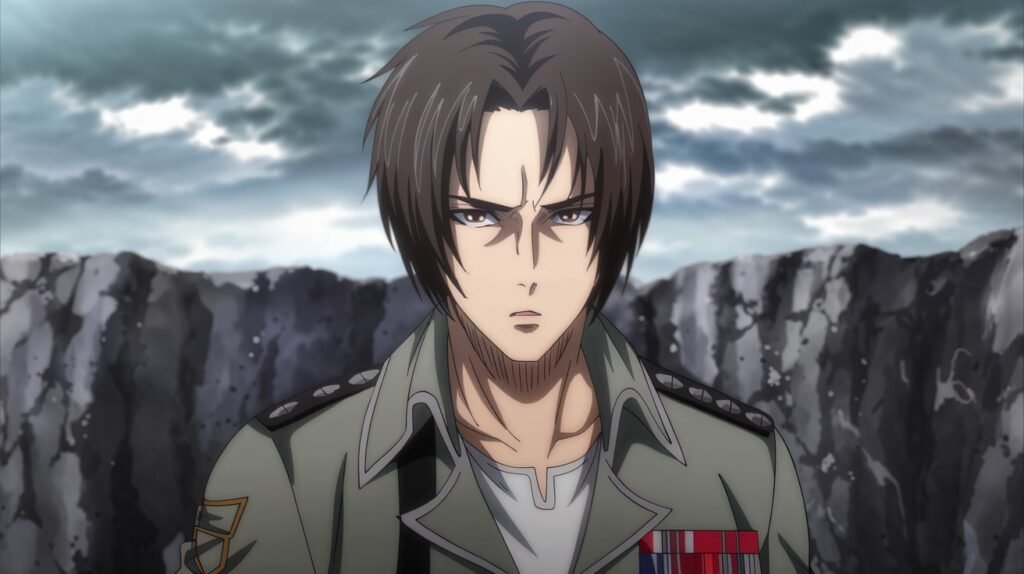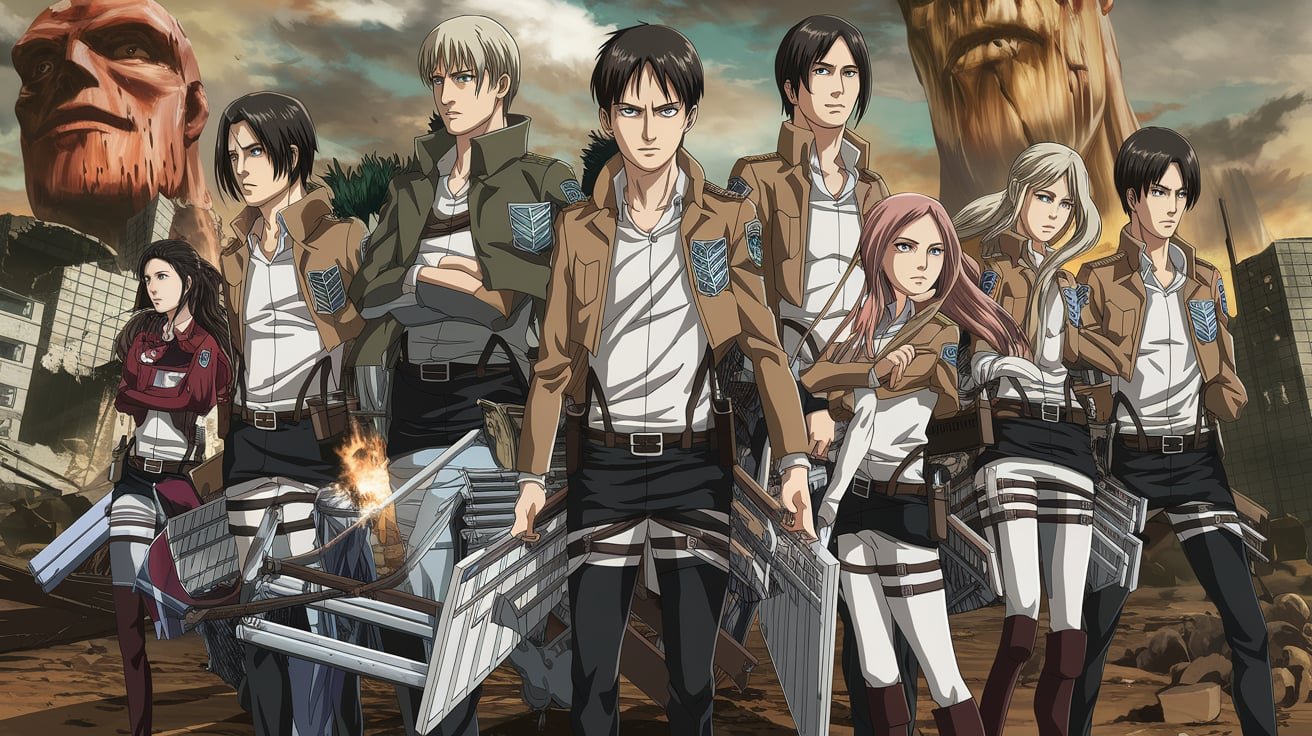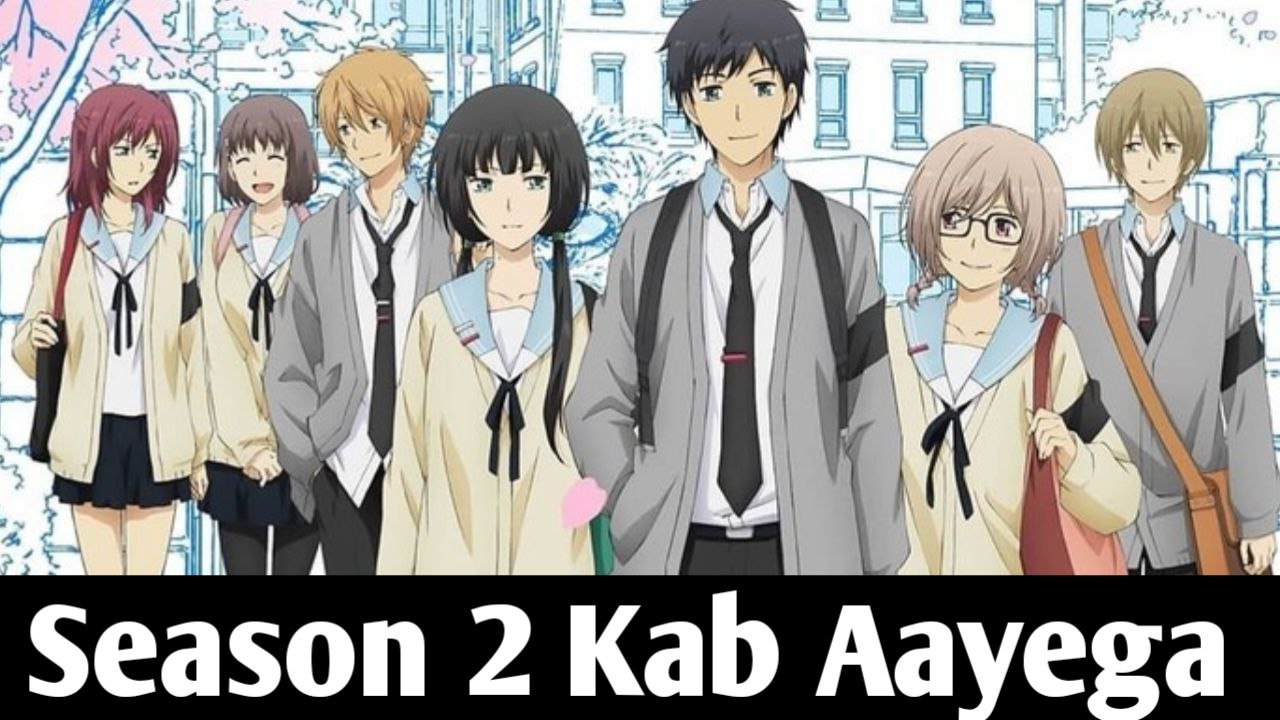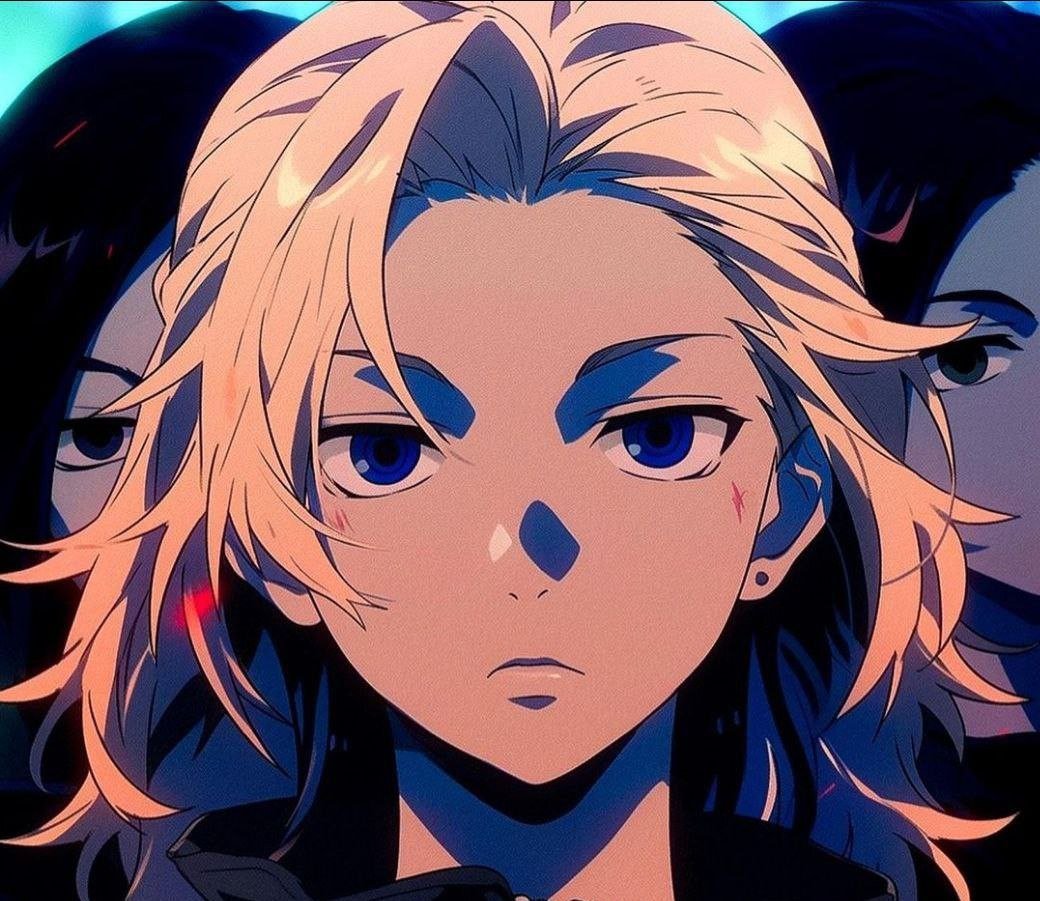Table of Contents
Introduction to Attack on Titan Character
Attack on Titan, originally known as Shingeki no Kyojin, is a Japanese manga series created by Hajime Isayama that has captivated audiences worldwide since its debut in 2009. The series is set in a dystopian world where humanity resides within enormous walled cities to protect themselves from the Titans—gigantic humanoid creatures that indiscriminately devour humans. This fundamental premise lays the groundwork for a story that explores themes of survival, freedom, and the moral complexities of warfare.
The narrative follows the journey of Eren Yeager, his adoptive sister Mikasa Ackerman, and their friend Armin Arlert as they join the military to combat the Titan threat, after witnessing the destruction of their hometown and the loss of their loved ones. With its richly layered characters and intense plot twists, Attack on Titan characters navigate traumas, friendships, and betrayals, enhancing the depth of the storyline and highlighting the human experience in the face of adversity.
One of the series’ most notable qualities is its exploration of ethical dilemmas faced by its characters, prompting viewers to contemplate themes such as humanity versus monstrosity and the implications of sacrifice for the greater good. Attack on Titan has not only gained immense popularity but has also sparked discussions regarding these themes, making it a significant cultural phenomenon in the anime and manga communities. The show’s exploration of character dynamics, motivations, and transformations serves as a testament to Isayama’s storytelling prowess.
As we delve deeper into the world of Attack on Titan, the complex interactions and evolution of its characters will be examined, providing insight into how they reflect the overarching themes of the series. The impact of these figures on both the narrative and the audience is profound, making them pivotal to understanding the full scope of the series.

Setting and World Building
The setting of “Attack on Titan” is crucial to understanding the motivations and development of its characters. The story unfolds primarily on the isolated island of Paradis, which is encircled by massive walls designed to protect humanity from the terrifying Titans that threaten their existence. These colossal structures not only serve as a physical barrier but also symbolize the confinement of human potential and the limitations imposed by fear. The walls create a sense of security yet simultaneously foster a profound sense of uncertainty among the inhabitants, notably influencing the core attack on Titan characters.
The environment within the walls has a duality; it is both a sanctuary and a prison. Inside, society has developed a complex hierarchy with the nobility and the military playing prominent roles. This division profoundly affects the relationships and dynamics among the various attack on Titan characters. For instance, characters like Eren Yeager and Mikasa Ackerman grapple with the confines of their roles within this structured society, reflecting a broader theme of rebellion against oppression. The distinct cultural and political environments within Paradis shape characters’ identities and relationships, driving their actions throughout the narrative.
Moreover, the towering walls that confine the people of Paradis hint at the larger, more brutal world that lies beyond them. This external environment propels the characters into confrontations with not only physical Titans but also the psychological Titans of ignorance and fear. As the story progresses, the exploration of the world beyond the walls unveils complexities that challenge the initial perceptions of both the characters and the readers. Understanding this intricate world-building is essential to appreciating the multi-faceted nature of the attack on Titan characters, as it deeply influences their choices and moral dilemmas.
Main Characters: A Closer Look
In the critically acclaimed series “Attack on Titan,” the complexity of its characters serves as a focal point for both plot development and emotional engagement. Eren Yeager, Mikasa Ackerman, and Armin Arlert stand out as the central figures whose backgrounds and motivations intricately weave through the narrative.
Eren Yeager, the protagonist, begins as a passionate young man driven by a desire to eliminate the Titans that threaten humanity. His journey is marked by profound transformations, from a vengeful boy to a controversial figure grappling with moral ambiguity. Eren’s evolution forces audiences to reconsider the concept of heroism, particularly as he confronts the consequences of his actions. His relentless pursuit of freedom showcases the complexity of his character, often blurring the lines between good and evil.
Mikasa Ackerman, Eren’s steadfast friend, exemplifies loyalty and combat prowess throughout the series. Her harrowing backstory, shaped by personal loss and tragedy, fuels her desire to protect Eren at all costs. Mikasa’s character development revolves around her struggle to balance her protective instincts with her own identity, showcasing the emotional burden that ambivalence towards personal connections can impose. Her formidable fighting skills and unwavering dedication make her one of the most formidable characters in “Attack on Titan.”
Armin Arlert, the third of this trio, offers a contrasting perspective with his strategic mind and empathetic nature. Though initially perceived as weak, Armin’s growth through pivotal challenges reveals his inner strength and tactical brilliance. His character not only highlights the importance of intelligence in the battle against the Titans but also addresses themes of uncertainty, courage, and self-discovery. Together, the dynamics among these three main characters shape the emotional fabric of “Attack on Titan,” impacting both the story and its audience on multiple levels.
Secondary Characters and Their Roles
Within the rich tapestry of “Attack on Titan,” secondary characters play pivotal roles that elevate the narrative complexity and drive the development of the main characters. Noteworthy among these figures are Levi Ackerman, Erwin Smith, and Reiner Braun, each contributing uniquely to the storyline and the thematic intricacies of the series.
Levi Ackerman, often referred to as humanity’s strongest soldier, embodies qualities of discipline, loyalty, and overwhelming strength. His fierce dedication to his comrades showcases a contrasting perspective to the brutality of their world. Levi’s interactions with key attack on titan characters, including Eren Yeager and Mikasa Ackerman, reveal deeper layers of their personalities and underscore the themes of sacrifice and resolve. His leadership not only galvanizes the Scout Regiment but also shapes the strategies they employ against the formidable Titans. This complexity in Levi’s character provides a compelling examination of how strength and emotional burdens coexist within these characters.
Erwin Smith, the determined commander of the Survey Corps, offers a different, yet equally significant perspective on leadership and sacrifice. His commitment to realizing the truth behind the Titans serves as a catalyst for many of the central events in the storyline. The strategies and moral dilemmas Erwin faces lead to critical growth not just for himself, but for the main attack on titan characters who follow him. His relentless pursuit of knowledge and understanding permeates the narrative, highlighting the consequences of leadership in a world wrought with despair and uncertainty.
Reiner Braun presents a complex duality, as both a soldier of Marley and a warrior infiltrating the Survey Corps. His internal conflict as a double agent adds a layer of depth to his character, creating tension and uncertainty in his interactions with Eren and others. Reiner’s struggles illustrate the emotional turmoil that distorts the lines between friend and foe in this tumultuous universe, further enriching the overarching narrative of “Attack on Titan.”
Through the intricate dynamics of these secondary characters, the series underscores how interconnected their fates are with the main characters, ultimately shaping the fate of humanity in a grim reality where trust and betrayal coalesce.
The Concept of Titans and Human Fear
The Titans in “Attack on Titan” represent a formidable force that embodies the primal fears and existential anxieties of humanity. Serving as the primary antagonists, these colossal beings instill a sense of dread and uncertainty within the world, effectively acting as a mirror reflecting the darker aspects of human nature. Each Titan exemplifies different facets of human fear, from vulnerability and mortality to the societal implications of uncontrollable chaos. The visceral terror invoked by these creatures is not merely about their monstrous appearances; it is a profound exploration of what it means to confront the unknown.
The fear of the Titans parallels real-world anxieties, such as the fear of the other, the loss of autonomy, and the consequences of technological advancements. Characters within the series often grapple with these fears, prompting significant evolution in their personalities and motivations. The struggle against the Titans embodies a deeper narrative around resilience and self-discovery, allowing for rich character-driven drama. For instance, a character like Eren Yeager initially fears the Titans but evolves into a relentless warrior, showcasing how fear can transform into a driving force for change and empowerment.
Moreover, the societal implications of the Titans are profound. They serve as a catalyst for examining human relationships, in-group versus out-group dynamics, and the overarching theme of survival. The characters’ varying responses to the Titans—ranging from fear and despair to courage and defiance—reveal much about their inner struggles and moral complexities. The Titans, in essence, are not only antagonists but also instruments of character development, challenging individuals to confront their deepest fears. This duality makes the analysis of attack on titan characters both engaging and thought-provoking, emphasizing that the fight against fear is central to the human experience.
Character Relationships and Dynamics
One of the most compelling aspects of “Attack on Titan” lies in the complex relationships among its characters. At the forefront are Eren Yeager, Mikasa Ackerman, and Armin Arlert, whose bonds illustrate profound themes of friendship, loyalty, and betrayal. These intertwined relationships significantly impact the characters’ development and the overarching narrative.
Initially, Eren and Mikasa share a protective bond, with Mikasa serving as Eren’s unwavering guardian. Their relationship reflects a deep-seated loyalty, as Mikasa’s fierce determination to protect Eren often manifests in critical moments throughout the series. This connection embodies a sense of familial affection, heightened by their shared childhood experiences. In contrast, Eren’s relationship with Armin is characterized by a unique blend of friendship and intellectual partnership. Their interactions often demonstrate contrasting ideals, with Eren’s impulsiveness being balanced by Armin’s strategic thinking. This dynamic enriches the character development within the story, highlighting how differing perspectives can contribute to a greater cause.
However, the exploration of these relationships also reveals darker themes, particularly as conflicts arise. Eren’s increasingly aggressive actions lead to moments of betrayal, particularly affecting Mikasa and Armin. The complexity of their interactions evolves into a poignant exploration of loyalty versus moral conflict. As Eren pursues his goals, it becomes clear that the foundational friendships may be put to the test. Mikasa and Armin are forced to grapple with their feelings of betrayal while reflecting on their commitment to Eren and the causes they once fought for alongside him.
Overall, the intricate dynamics between these central “Attack on Titan” characters not only highlight their individual growth but also serve as a lens through which broader themes of loyalty, friendship, and betrayal can be examined. The series masterfully illustrates how these relationships can shape personal ideologies and influence actions in a world rife with conflict.
Character Evolution and Arcs
The world of Attack on Titan is populated with a diverse range of characters, each exhibiting profound growth and development influenced by their experiences. Central to this narrative is Eren Yeager, whose transformation epitomizes the intricate character arcs crafted by the series. Beginning as a fervent youth, driven by a desire for revenge against the Titans, Eren’s journey beckons viewers to witness the complexities of his evolution. This evolution is foundational to the overarching themes of the series.
Several pivotal moments define Eren’s character arc, catalyzing his drastic shift from a symbol of hope to a figure embodying the darker facets of humanity. Initially, Eren’s encounters with the Titans ignite a fierce determination to eradicate them, establishing him as a straightforward protagonist. However, as the narrative progresses, the revelations surrounding the Titans and their connection to humanity cause Eren to grapple with moral ambiguity. This struggle marks a significant departure from his earlier motivations, ultimately leading him to embrace choices that resonate on a deeper, more complex level.
Moreover, the supporting cast of Attack on Titan characters also undergoes substantial development that parallels Eren’s journey. Characters like Mikasa Ackerman and Armin Arlert each navigate their paths shaped by personal loss and resilience. Mikasa, initially positioned as Eren’s protector, grapples with her own identity and loyalty, while Armin transforms from a timid boy into a strategical genius faced with harrowing decisions. These character arcs not only complement Eren’s transformation but also enrich the narrative, portraying the multifaceted aspects of human resilience amid chaos.
Through the nuanced explorations of Eren and his companions, Attack on Titan masterfully illustrates the impact of experiences on character development. Each arc reveals how trauma, betrayal, and ambition can intertwine to create complex individuals who resonate with audiences, setting a rich backdrop for the philosophical questions posed throughout the series.
Themes of Freedom and Sacrifice
The narrative tapestry of “Attack on Titan” is richly woven with themes of freedom, choice, and sacrifice, intricately portrayed through its diverse characters. Each character’s journey reveals profound moral dilemmas, illustrating how the quest for freedom often comes at a significant cost. This theme is central to the experiences of many key attack on titan characters, who navigate a world governed by survival and the perpetual struggle against oppression.
For instance, Eren Yeager exemplifies this theme through his evolution from a vengeful child seeking to annihilate Titans to a complex figure grappling with the consequences of his choices. Eren’s relentless pursuit of freedom reflects both personal and collective aspirations, showcasing the stark contrast between individual desires and the implications for humanity as a whole. His decisions, often steeped in sacrifice, highlight the paradox that true freedom can sometimes necessitate profound loss.
Similarly, other attack on titan characters, such as Mikasa Ackerman and Armin Arlert, confront their own sacrifices in the quest for freedom. Mikasa’s unwavering loyalty to Eren often places her at a crossroads, where her love for freedom clashes with her duty to protect those she cares about. Armin, on the other hand, represents the intellectual struggle between ideology and pragmatism. His choices embody the moral complexities faced when one’s determination for liberation entails jeopardizing others’ lives.
The series adeptly explores these intricate themes, urging the audience to contemplate the narratives of sacrifice and the choices that define the characters’ destinies. As the conflict escalates, each decision carries weight, reinforcing that the path to freedom is frequently fraught with ethical implications and personal costs. This ongoing struggle lends depth to the story, inviting viewers to reflect on their interpretations of freedom and the sacrifices it demands.
Conclusion: The Lasting Legacy of Attack on Titan
The anime series Attack on Titan has left an indelible mark on the landscape of contemporary anime, primarily due to its rich tapestry of characters and the profound dynamics that exist among them. As viewers journey through this gripping narrative, they encounter a diverse cast of attack on titan characters, each with their own unique backgrounds, motivations, and growth trajectories. This intricate character development not only enhances viewer engagement but also facilitates a deeper exploration of complex themes such as freedom, sacrifice, and the stark realities of war.
The relationships between these characters often serve as the foundation for the series’ most poignant moments. Whether it is the unbreakable bond between comrades or the tragic conflicts that arise when personal interests clash with larger goals, Attack on Titan masterfully navigates the spectrum of human emotion. These interactions allow audiences to witness the moral ambiguities faced by each character, challenging viewers to reflect on their own values and beliefs. It is this multidimensional portrayal of human relationships that resonates deeply with fans, fostering a sense of connection to the characters beyond their initial appearances.
Furthermore, the significance of Attack on Titan extends beyond its character dynamics. The series has influenced the anime genre by pushing boundaries in storytelling and visual presentation, encouraging other creators to delve into similar complex themes. As the conclusion of the story unfolds, the impact of its characters and their journeys remains evident, solidifying Attack on Titan’s position as a landmark series. The legacy of this anime will undoubtedly continue to inspire future works while leaving a lasting impression on both the genre and its dedicated fanbase.





